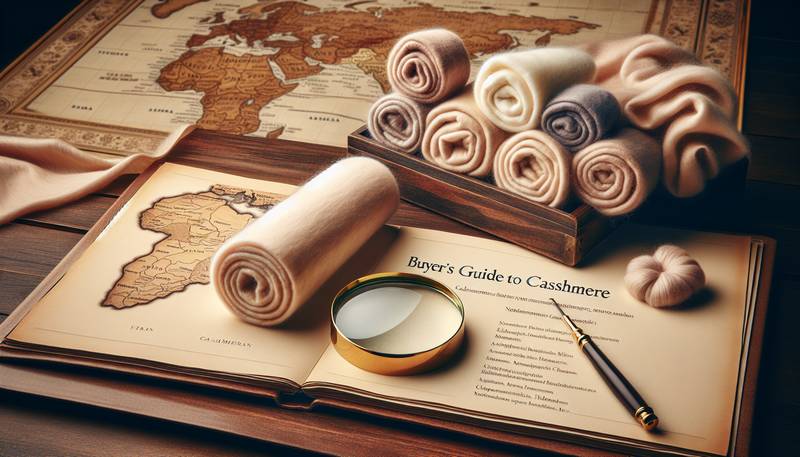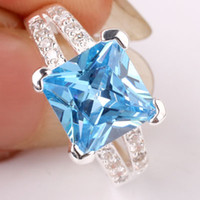A Buyer’s Guide to Cashmeresubmitted on 13 January 2015
 We all know that cashmere is a super luxurious fabric that is incredibly soft to touch. But aside from this, how much do you actually know about cashmere? Put simply, it is the most elegant fabric used in clothing and homeware, however due to its appeal it doesn’t come cheap. Keep reading to find out more about this material, especially if you are planning on buying some cashmere items in the near future.
We all know that cashmere is a super luxurious fabric that is incredibly soft to touch. But aside from this, how much do you actually know about cashmere? Put simply, it is the most elegant fabric used in clothing and homeware, however due to its appeal it doesn’t come cheap. Keep reading to find out more about this material, especially if you are planning on buying some cashmere items in the near future.
Where Does Cashmere Come From?
Cashmere is a fibre that comes from the Kashmir Goat, which can be found in Southwest China, Afghanistan, Iran, Northern India, Tibet, and Mongolia. The goats moult between March and May each year, and each one produces around 4 grams of the cashmere fibre. The small amount of fibre that is produced per goat, is the reason why cashmere is so expensive – it’s a pretty rare commodity. Once the goats have moulted, the fibres are shipped around the world, and are used to create clothes and homeware. Cashmere clothing made in England by Lavender Hill Clothing and Johnstons of Elgin, for example, is only made from responsibly sourced materials.
The Different Grades of Cashmere
Cashmere is available in three different grades – A, B and C, with A being the highest quality. Quality is determined by how thick the fibres are, with grade A cashmere being the thickest. Grade A cashmere feels softer, is warmer, and lasts longer. Grade C is the lowest quality cashmere and also the cheapest; it feels much coarser than grades’ A and B, however it is still classed as a luxury fabric.
The Different Cashmere Weaves
There are a variety of different cashmere weaves, however the most common are twill, herringbone, and plain. The weave has an impact on the cashmere’s texture, although it doesn’t alter the level of quality. Twill and herringbone weaves are the cheapest option as they are looser and less stable. This does however make them ideal for some types of clothing such as shawls and wraps. The most optimum weave is the plain weave, and this is the weave most commonly used in cashmere throws.
How to Wash Cashmere
It doesn’t matter whether you are the owner of a grade A cashmere throw, or a grade C cashmere scarf, it’s important to wash your items carefully to ensure their longevity. Smaller items, such as hats and socks, can be washed with shampoo, however larger items, such as throws, should be dry-cleaned. A dry cleaner will be fully competent in the cleaning techniques for this type of fabric, and will prevent the colours from running, as well as any issues with the quality.
Finally, remember to store cashmere in an airtight bag when it is not in use. This will help it to sustain its quality. You can also add some natural lavender or cedar wood into the bag, to keep your item smelling nice whilst it is stored.
Cashmere is a quality fabric, and one that deserves the high prices it demands. Keep the above in mind when buying a cashmere item, and you should have no issues.
|








 We all know that cashmere is a super luxurious fabric that is incredibly soft to touch. But aside from this, how much do you actually know about cashmere? Put simply, it is the most elegant fabric used in clothing and homeware, however due to its appeal it doesn’t come cheap. Keep reading to find out more about this material, especially if you are planning on buying some cashmere items in the near future.
We all know that cashmere is a super luxurious fabric that is incredibly soft to touch. But aside from this, how much do you actually know about cashmere? Put simply, it is the most elegant fabric used in clothing and homeware, however due to its appeal it doesn’t come cheap. Keep reading to find out more about this material, especially if you are planning on buying some cashmere items in the near future.